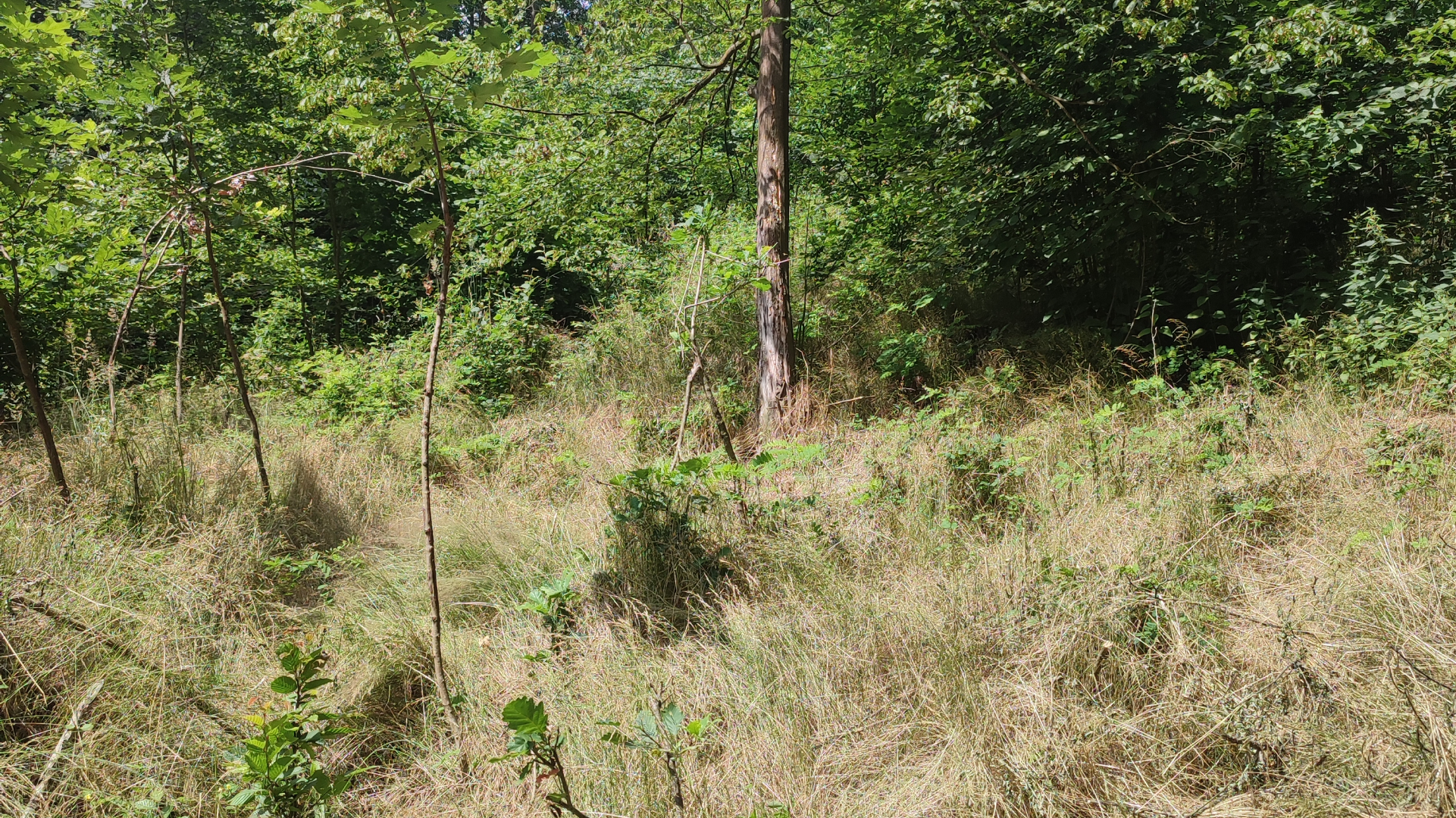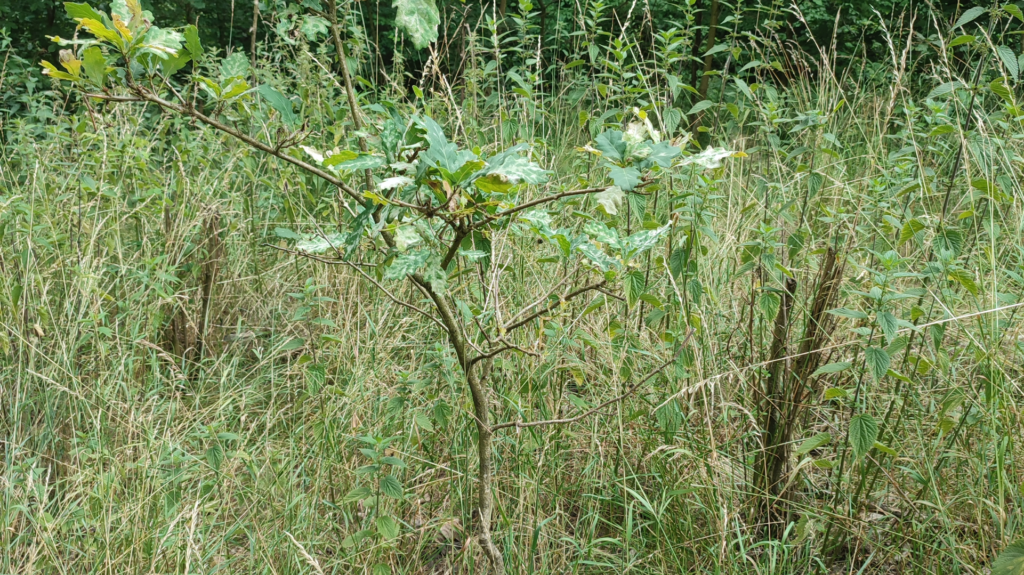We are implementing the Biodiversity Policy and, with our proprietary Energy 2051 Standard, we were the first company in Poland to launch a product that already allows our customers to purchase clean, renewable, green and zero-emission energy in line with the guidelines of the European Green Deal, which will not be in force until 2050. The Energy 2051 standard guarantees climate-neutral products that offer full coverage of our customers’ needs by zero-emission energy generated from renewable sources.
An example of the implementation of Polenergia Group’s latest biodiversity measures is its active participation in the Re:Generation programme coordinated by UNEP/GRID and carried out in the Kamionka Valley Nature Park involving the elimination of invasive species and the removal of waste from biologically valuable areas.
The Kamionka Valley Landscape Park in the Międzychód-Sieraków Lake District was established to protect the unique ecosystems associated with the Kamionka Valley and its characteristic plant species. First of all, these are fertile beech forests and wet riparian forests. The Park also contains unique plant communities associated with springs on the slopes of the valley. These areas are the habitat of many plant species such as lily of the valley goldenseal (lilium martagon), wolfsbane (daphne mezereum), and red grenadier (cephalanthera rubra). Most of the most valuable natural areas directly adjacent to the Kamionka River within the Park are protected as a Natura 2000 site.


